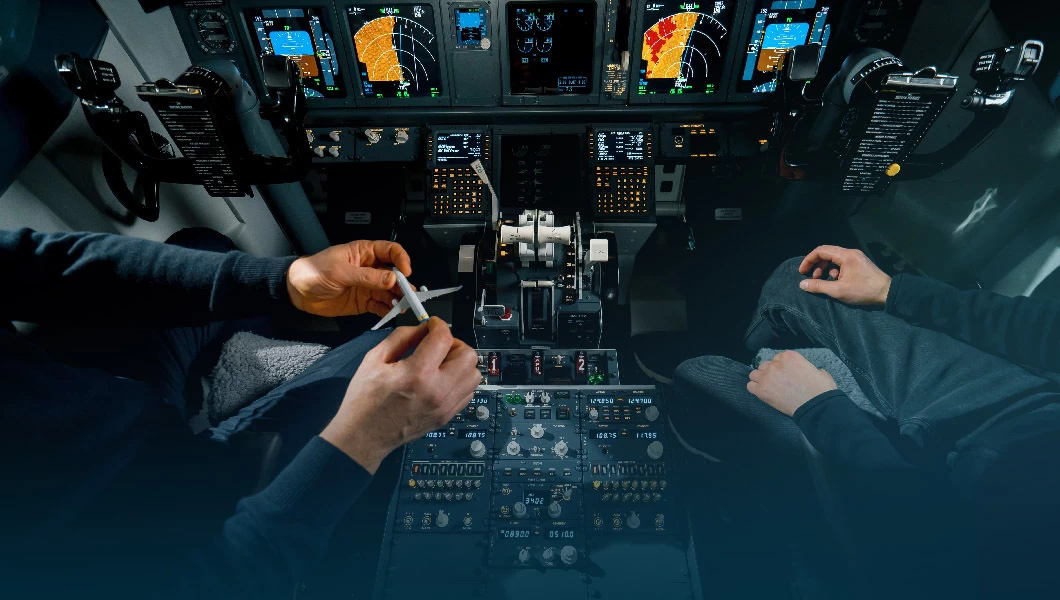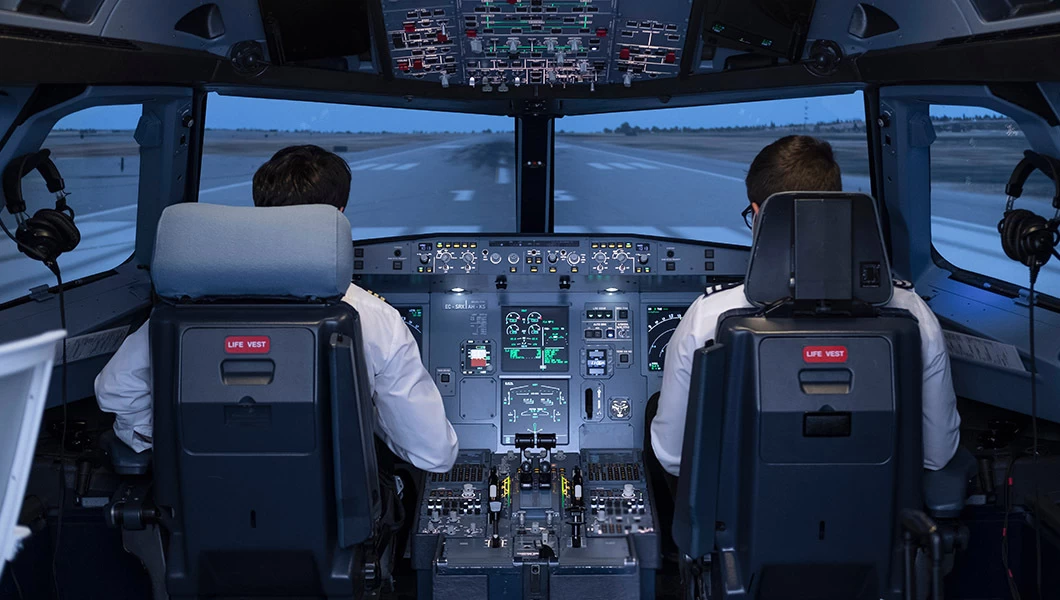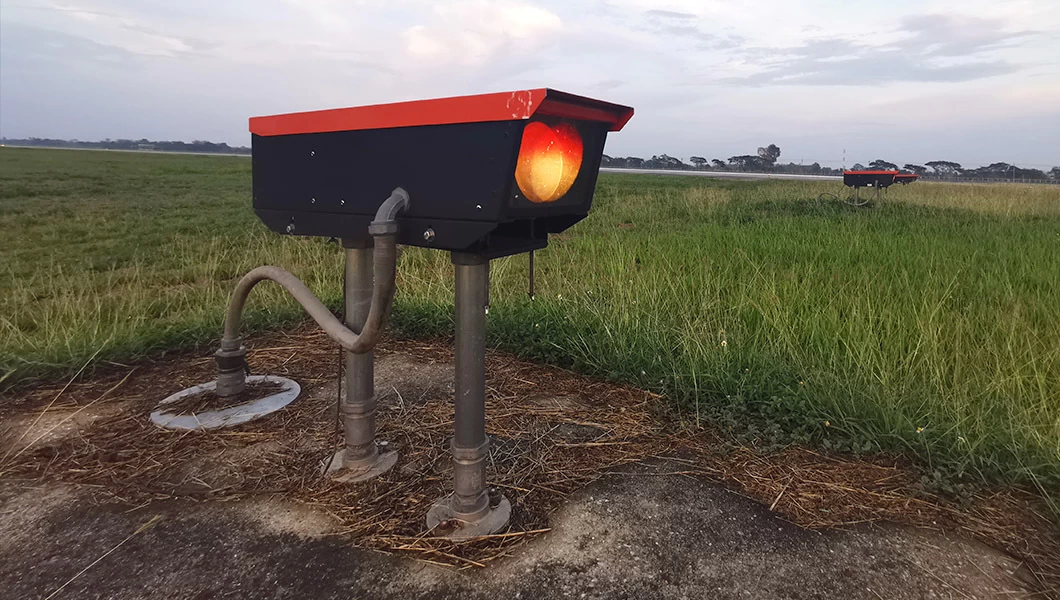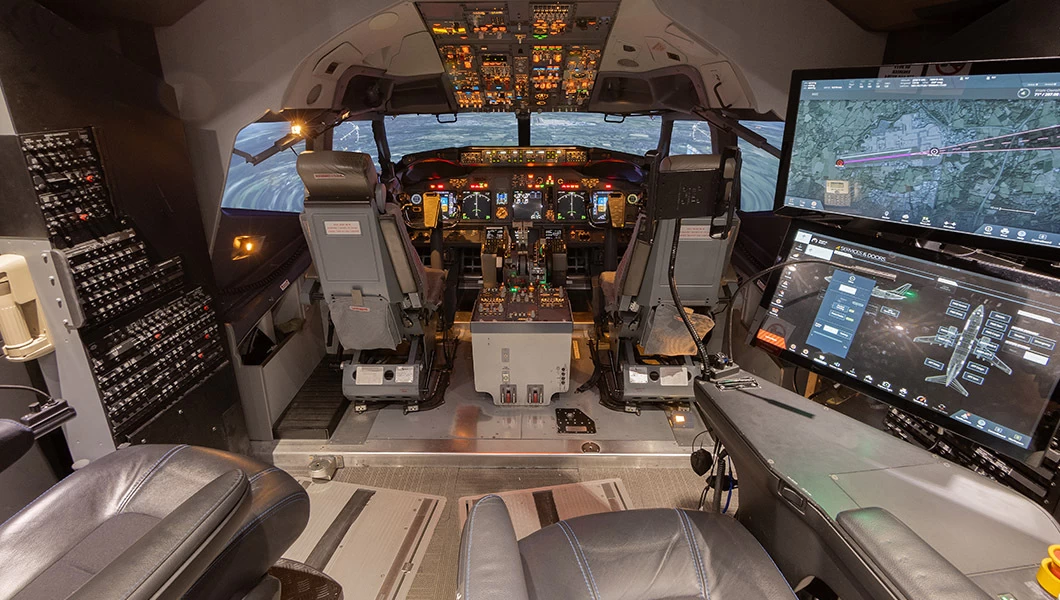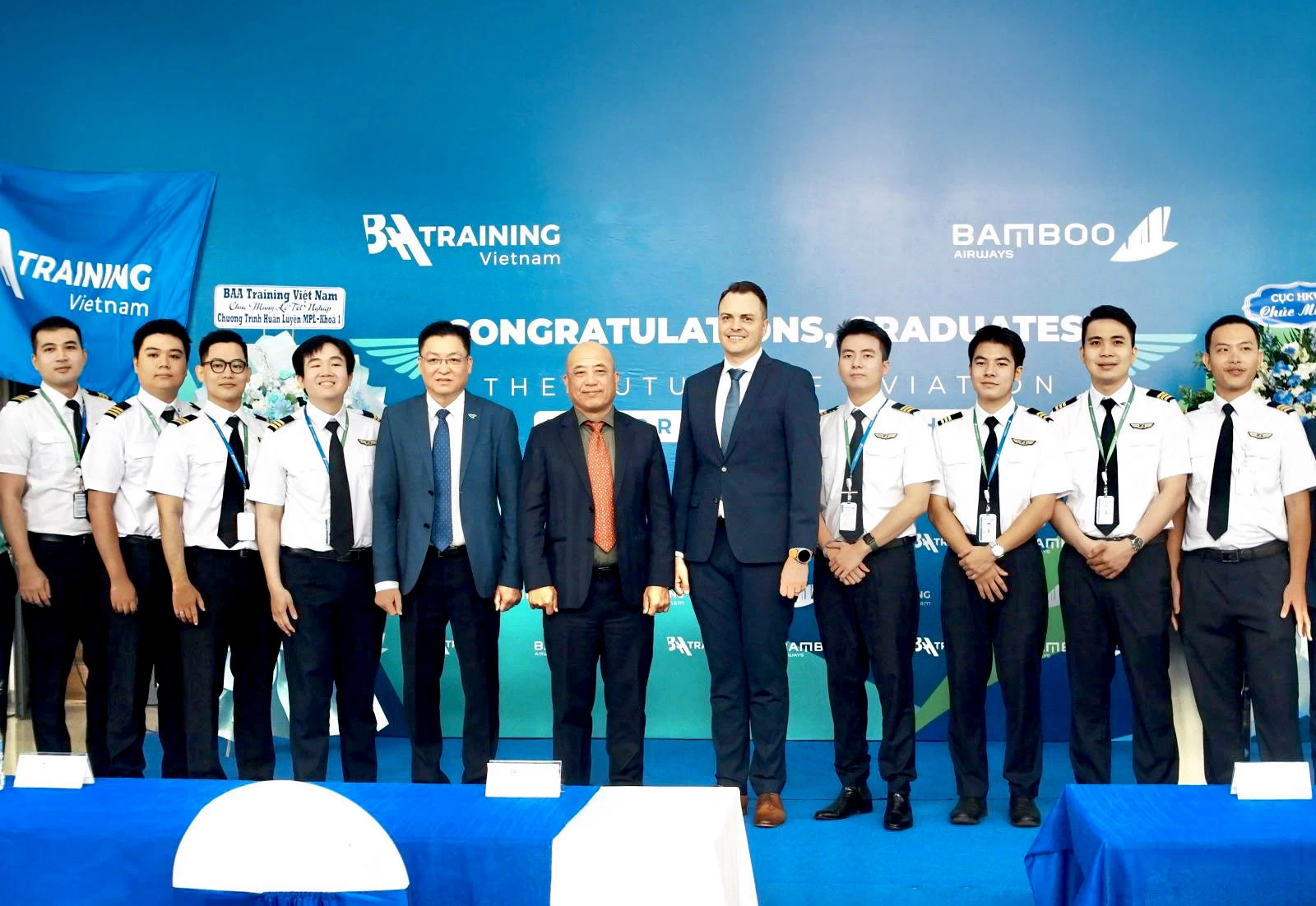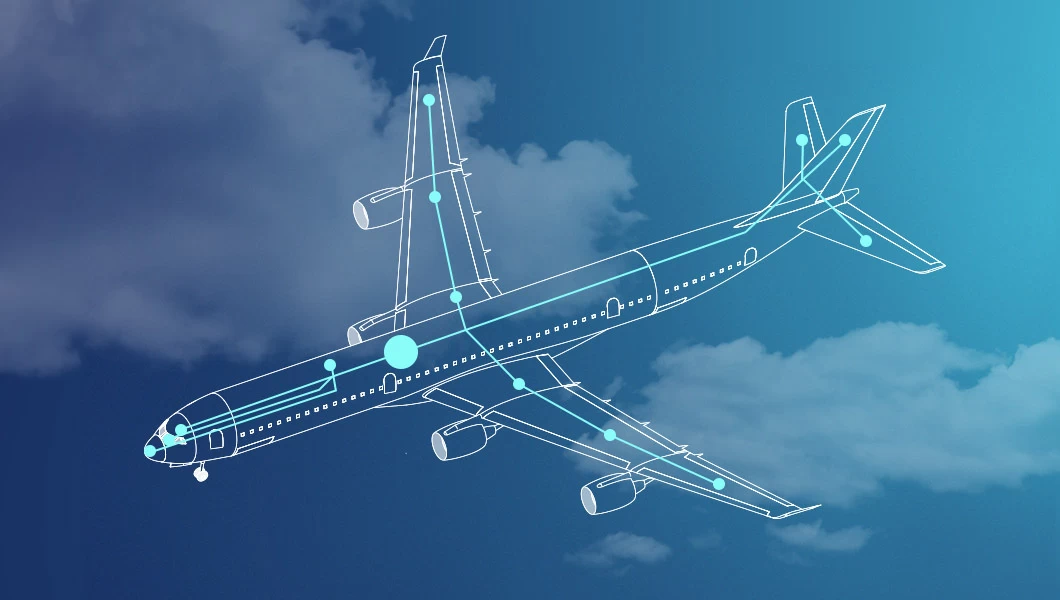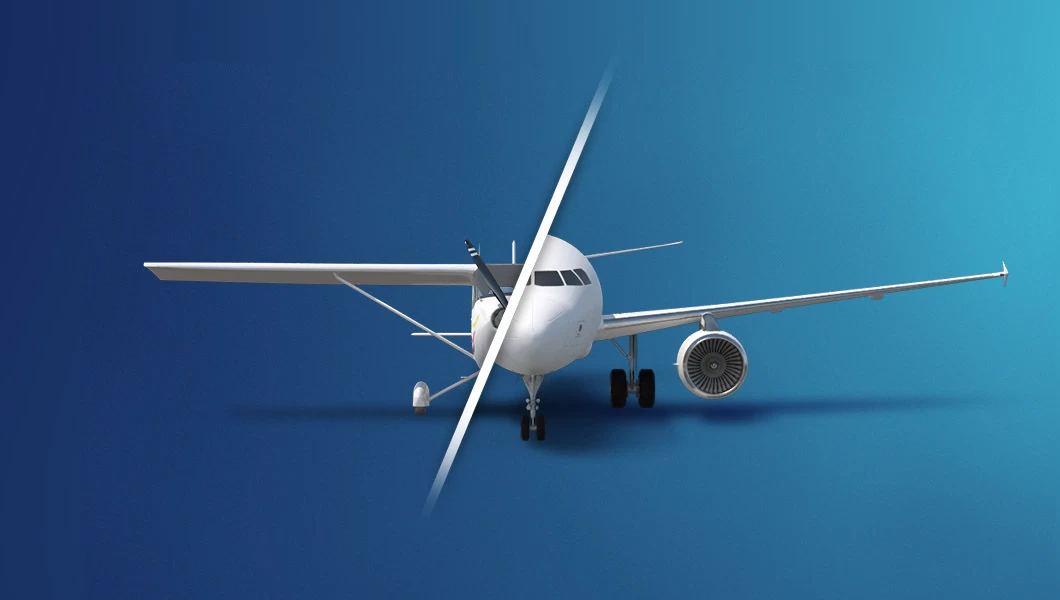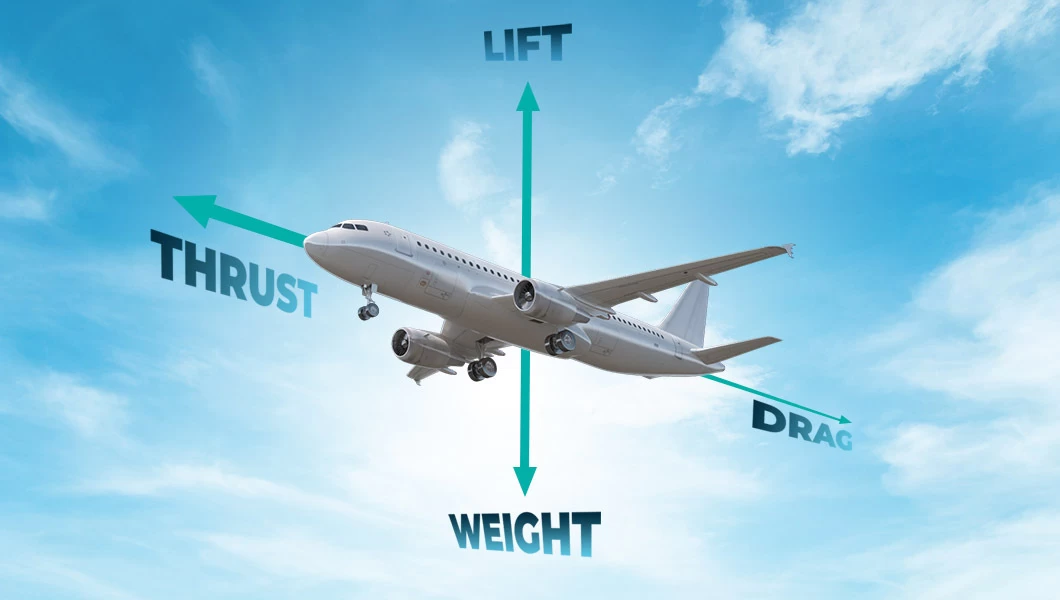Some state that the fully-electric future is close: electric-powered aircraft like Slovenian Pipistrel Velis Electro has already been implemented as part of initial pilot training in Portugal, and regulatory bodies like EASA are paving the way for widespread adoption. But as we look to a cleaner, quieter future in commercial flight, one question looms large – how will pilot training evolve to meet the demands of this new era?
Substantial changes will be needed
The widespread introduction of electric aircraft in commercial aviation could potentially lead to lower operational costs and reduced environmental impact, which is crucial given the industry’s push for sustainability. However, it will also require substantial changes in infrastructure, regulations, and pilot training, explains Kenneth Mark Sorensen, Head of Training at BAA Training, a leader in aviation training solutions.
“Pilot training will need to adjust to the unique features that come with electric aircraft, like different flight controls, managing battery systems, and handling new types of emergencies. While the basic principles of flying won’t change, new training modules will definitely be needed to cover these aspects. We’ll likely see a mix of updates to the current curriculum along with some specialized programs. This will make sure that pilots are well-prepared to manage the specific challenges that come with flying electric aircraft.”
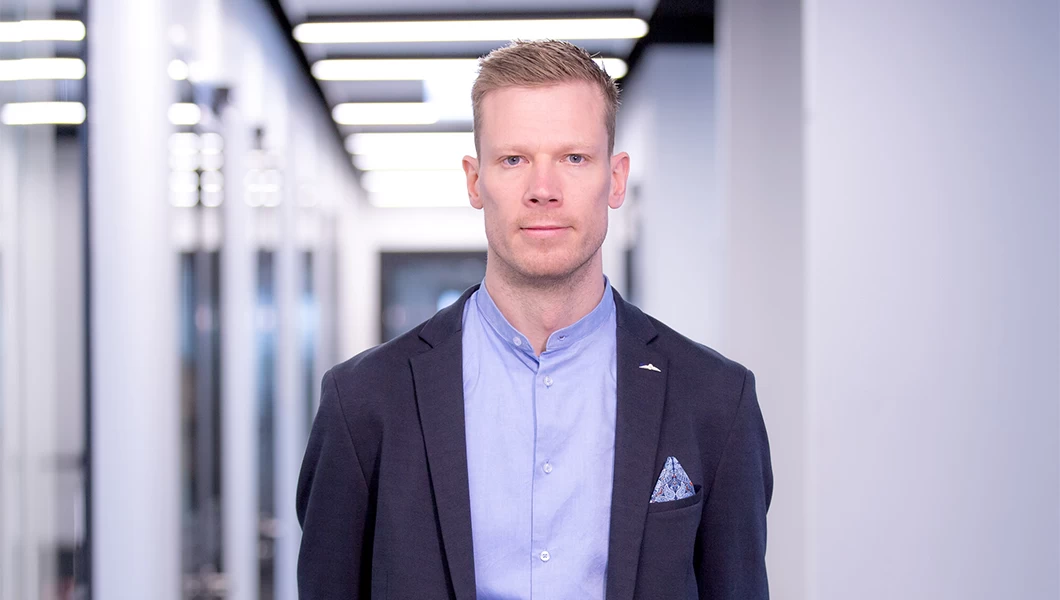
Sorensen sees the changes to be gradual – starting with niche markets, making it a niche training at the very beginning. This would allow for phased integration into training programs, and as electric-powered aircraft become more widespread, there will be a faster development of training practices. What will influence the timeline are factors like regulatory approvals and the pace of the aircraft adoption itself, Sorensen notes.
Changes in training – 10-20 years away
As BAA Training’s Head of Training sees it, the pilot training academies will need to invest – in new simulation tools and possibly modify existing simulators to accommodate electric aircraft systems. Additionally, training facilities may need to update their technical infrastructure to support these new systems. This also presents hurdles for pilot training.
“One of the biggest challenges – ensuring that pilots are proficient in the electric aircraft operational procedures, including managing electric propulsion systems and dealing with new types of failures or emergencies,” says Sorensen. “Comprehensive training programs and simulations will have to be an essential part of training. However, there are still plenty of ‘ifs’ and ‘when’s’ here, and quite a lot of predictions based on the very early stages of potential electric-powered commercial flights.
Your PILOT CAREER
starts with a first click
“The truth is, widespread adoption of electric-powered jetliners might take another 10 to 20 years, as a lot of things need to be addressed – technical, regulatory, and infrastructure ones – until we reach the changes in pilot training curriculums or even new pilot license types. This is a very prominent characteristic of aviation – after all, it’s one of the most tightly regulated industries in the world.”
Still a long way to go
As electric aircraft are slowly carving out a niche for themselves, the pilot training segment is still cautious about implementing any major changes. The path toward new pilot training programs is likely to be very gradual and quite some time away. Without much real-life evidence and success cases in operating commercial flights powered by electricity, there are still many very important unanswered questions that have to be solved first.


